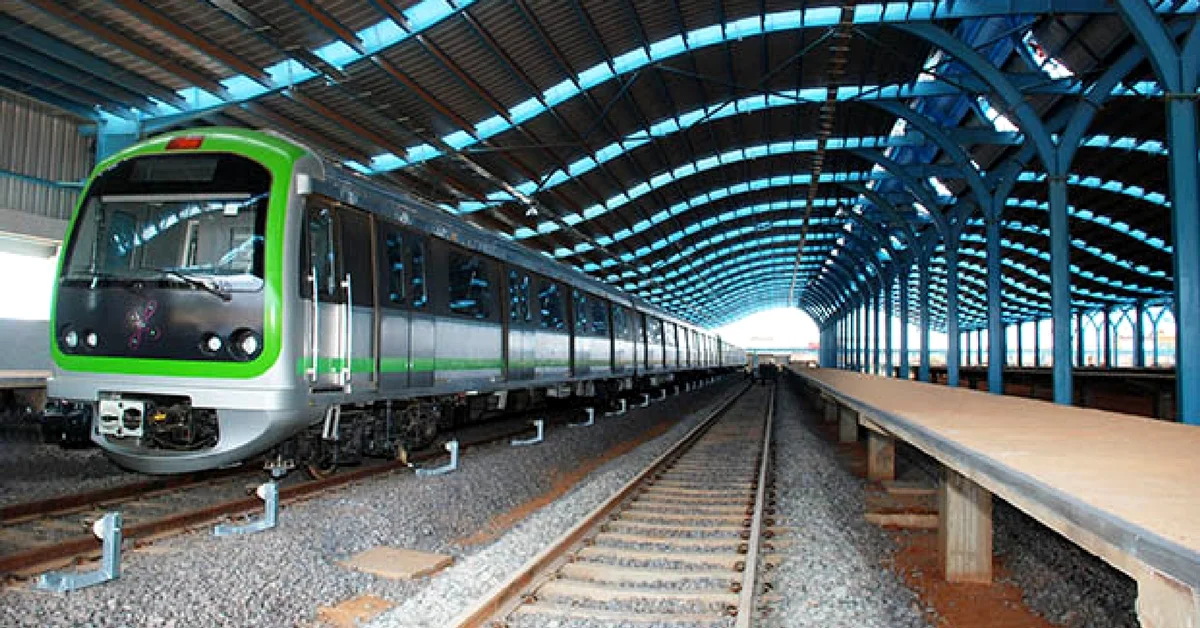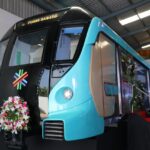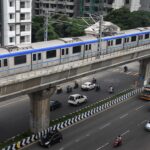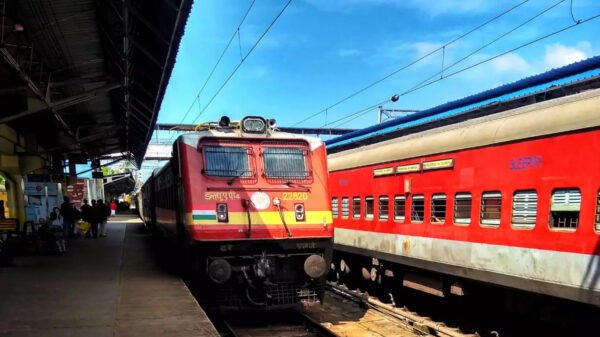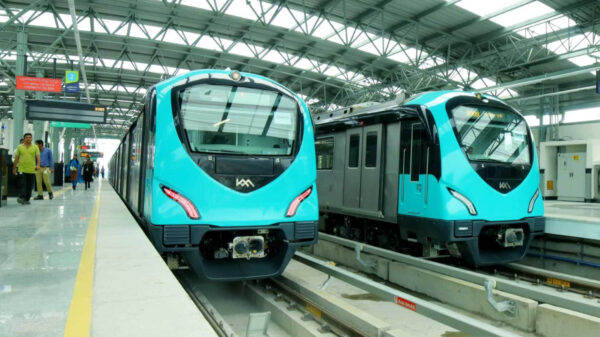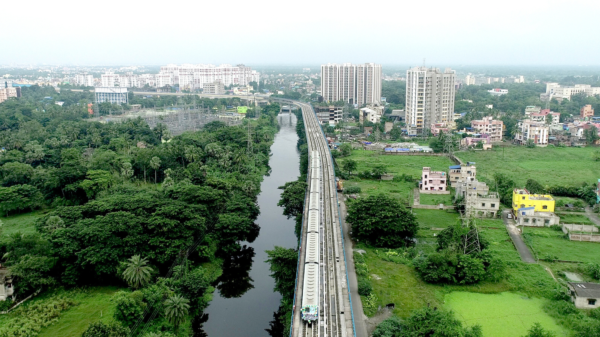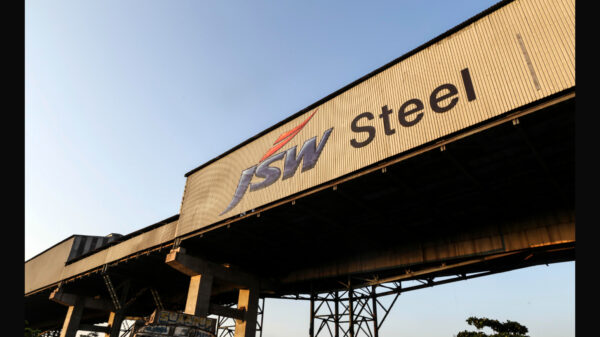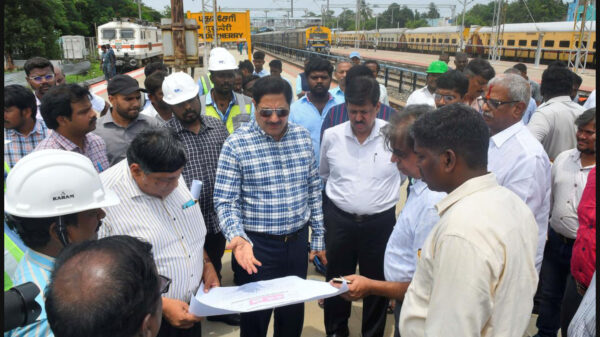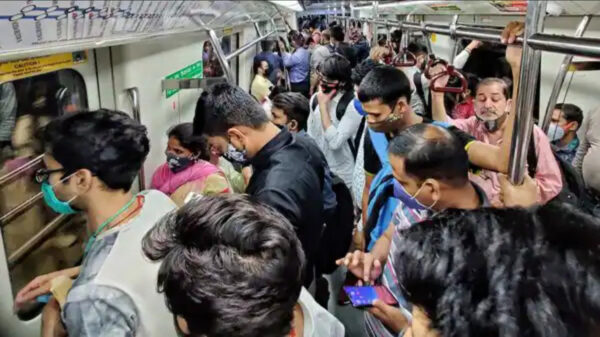NEW DELHI (Metro Rail & Steel): India’s Union Housing & Urban Affairs Minister, Hardeep Singh Puri, announced a significant milestone for the nation’s urban transport infrastructure during the inaugural session of the 16th Urban Mobility India (UMI) Conference cum Expo 2023. Puri declared that India’s metro rail network is poised to overtake the USA’s within the next 2 to 3 years, cementing its position as the world’s second-largest metro network. As of now, India’s metro network holds the distinction of being the third largest globally.
Puri underscored the remarkable growth of the metro network in the country over the past few years. He noted that in 2014, India had only 248 kilometers of operational metro rail. However, in a mere nine years, that number has surged to an impressive 895 kilometers, serving 20 different cities across the nation.
The minister highlighted the transformative impact of the metro network, stating, “The metro network has brought comfort, stability, and security to the lives of our citizens. I am happy to note that the metro network has a daily ridership of around 1 crore.” Puri expressed optimism that this ridership number will continue to rise, thanks to enhancements in last-mile connectivity and other factors.
Puri also shed light on the government’s evolving approach to urban transport. He emphasized that post-2014, the government has embraced rapid urbanization as an opportunity rather than a challenge, marking a significant shift in perspective. The minister further stressed the importance of the Regional Rapid Transit System and Vande Bharat Trains in regional and inter-city connectivity, pointing out that the country has undergone a substantial transformation in rail-based rapid transit systems.
In the realm of environmental-friendly transportation, Puri detailed several initiatives. He mentioned that the government has begun the journey towards greener mobility with schemes such as FAME-I, FAME-II, and the PM-eBus Seva Scheme. The PM-eBus Seva scheme, in particular, will augment city bus operations, prioritizing cities lacking organized bus services. A total of 10,000 e-buses will be deployed on a public-private partnership (PPP) model in 169 cities, alongside support for associated infrastructure, bus depots, and behind-the-meter power infrastructure.
This scheme also encompasses environmentally conscious efforts like bus priority infrastructure, multimodal interchange facilities, the National Common Mobility Card (NCMC)-based Automatic Fare Collection System (AFCS), and charging infrastructure, as part of the Green Urban Mobility Initiatives (GUMI). Concluding his address, the minister highlighted the government’s commitment to sustainable urban transport, emphasizing a focus on green mobility through e-vehicles, biofuel blending, and clean energy alternatives, including biogas and green hydrogen.
